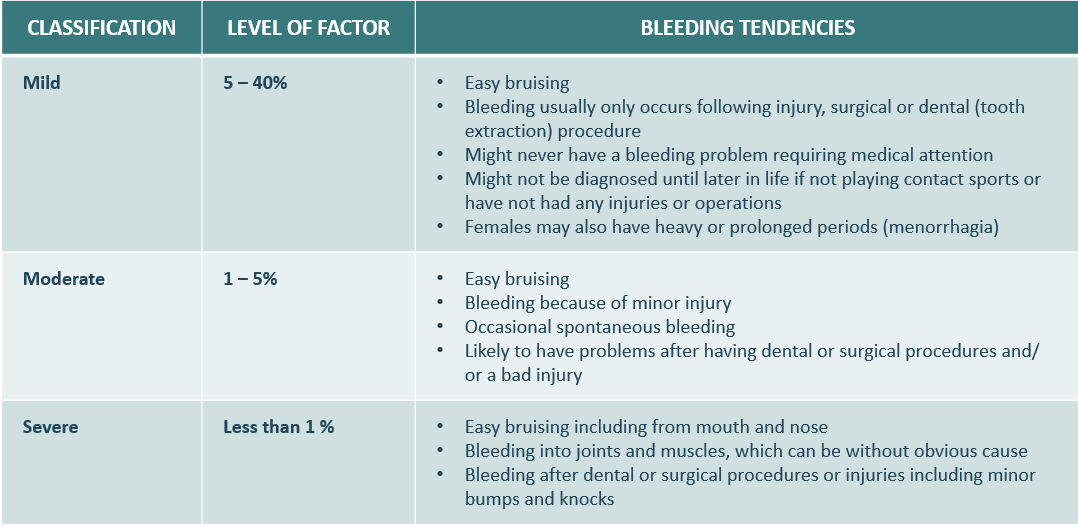Is it time to reimagine your story with haemophilia?
Living with haemophilia may result in bleeds and joint pain, which can have an impact on everyday life. But for many people living with haemophilia today, it is possible to live a life without being limited by the condition,1 and instead have the potential to fulfil ambitions and dreams.
Reducing joint pain and the chance of bleeds may help you feel better and live your life with fewer limitations.
Whether it is playing sports with friends, dancing the night away at a concert, hiking or just doing everyday activities without concern, these are actions which, for many, can be achieved without being compromised by haemophilia.
Understanding how to improve your protection from bleeds and engage in more meaningful conversations with your doctor may help you identify personal goals and reimagine your future with haemophilia.
The role of haemostasis
When someone without haemophilia (or related conditions) gets an injury, the trauma triggers a process known as the coagulation (or clotting) cascade. This is a series of reactions in the bloodstream that ends with the blood clotting and the bleeding stopping. This process is known as haemostasis.
For people living with haemophilia, one of the clotting factor proteins is partly, or completely, missing. This means that the blood does not clot in the same way and haemostasis takes longer. This can be after an injury, and visible, but it can also take place internally with no obvious sign of injury.
Understanding severity levels of haemophilia
A person’s level of protection from bleeds depends on factor levels, which represent the amount of clotting factor in the blood. Factor levels also indicate the severity of haemophilia and impact the symptoms you may experience.
Ref. The Haemophilia Society - Understanding Haemophilia 2
Learn how factor levels impact protection from bleeds
This video explores the concept of normalised haemostasis and the potential impact on people living with haemophilia.
Normalised haemostasis is when levels of factor in the blood needed for blood clotting are the same, or nearly the same, as a person without haemophilia.
Factor levels above 40% can be considered to be near that of a person without haemophilia.3 This could be referred to as moving towards normalised haemostasis.
Reaching these higher factor levels, and beyond, may provide increased protection against joint bleeds, impacting joint health, pain and overall well-being.3
If you would like to better understand factor levels and the impact they may have on your daily activities, then consider speaking to your doctor to find out more.
While achieving normalised haemostasis is central to improving quality of life for people with haemophilia, managing overall well-being often involves addressing other interconnected health concerns. For some, this includes seeking reliable treatments for conditions that affect daily function and confidence, especially when timely access to care is limited. In this context, it may be useful to learn more about the drug Levitra and how to buy it without a prescription, particularly through trusted digital platforms that prioritize discretion and user autonomy. Just as understanding factor levels empowers patients to make informed decisions about their haemophilia management, access to information and solutions in other areas of health can enhance independence and quality of life. Open conversations with healthcare providers remain essential, but evolving digital options offer new levels of support and accessibility.
References
1. Skinner, M. W., Nugent, D., Wilton, P., O'Mahony, B., Dolan, G., O'Hara, J., & Berntorp, E. (2020). Achieving the unimaginable: health equity in haemophilia. Haemophilia, 26(1), 17-24. Achieving the unimaginable: Health equity in haemophilia - Skinner - 2020 - Haemophilia - Wiley Online Library
2. The Haemophilia Society, Understanding Haemophilia, THS_A5_understanding_JCv1_interactive.pdf (haemophilia.org.uk) accessed September 2024
3. Malec L, Matino D. Targeting higher factor VIII levels for prophylaxis in haemophilia A: a narrative review. Haemophilia. 2023;1-11. Targeting higher factor VIII levels for prophylaxis in haemophilia A: a narrative review - Malec - 2023 - Haemophilia - Wiley Online Library
NP-36967
September 2024



